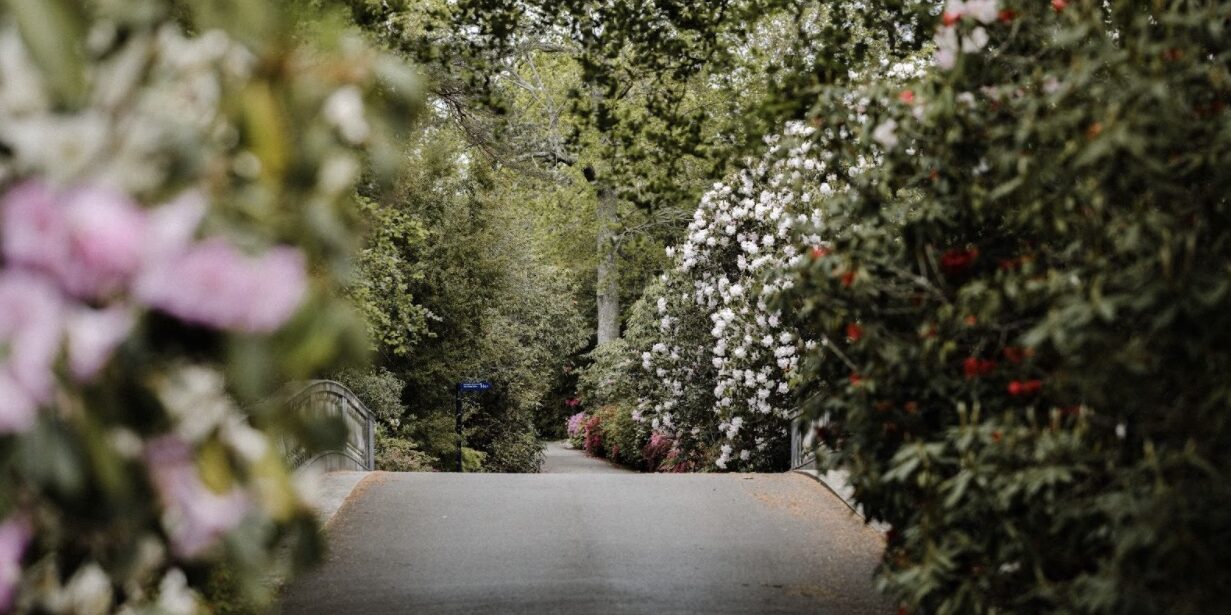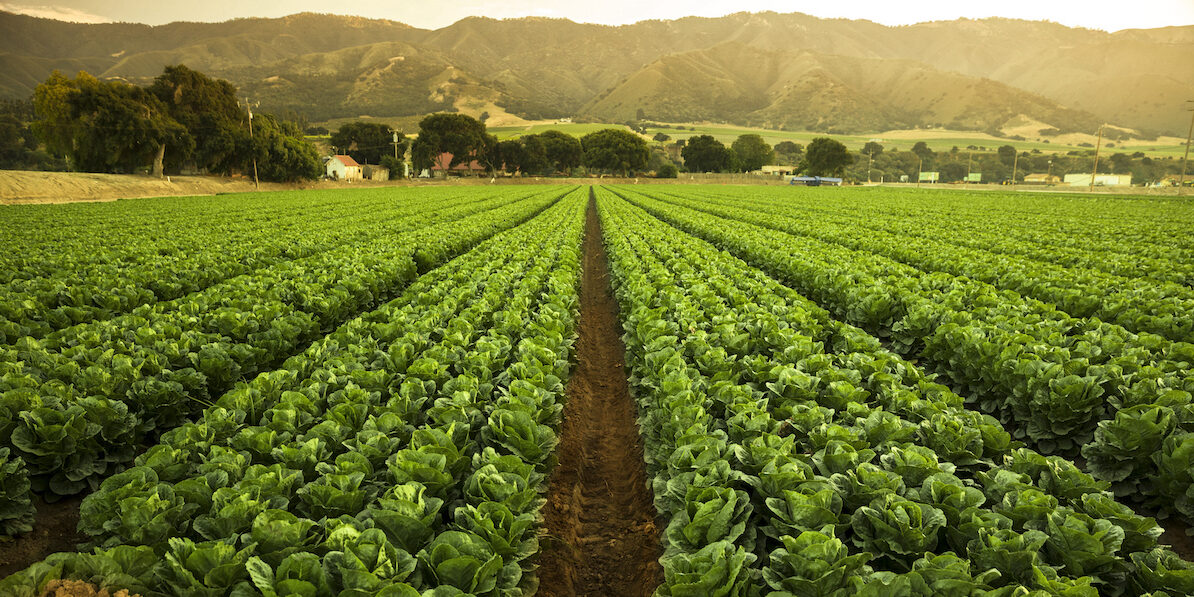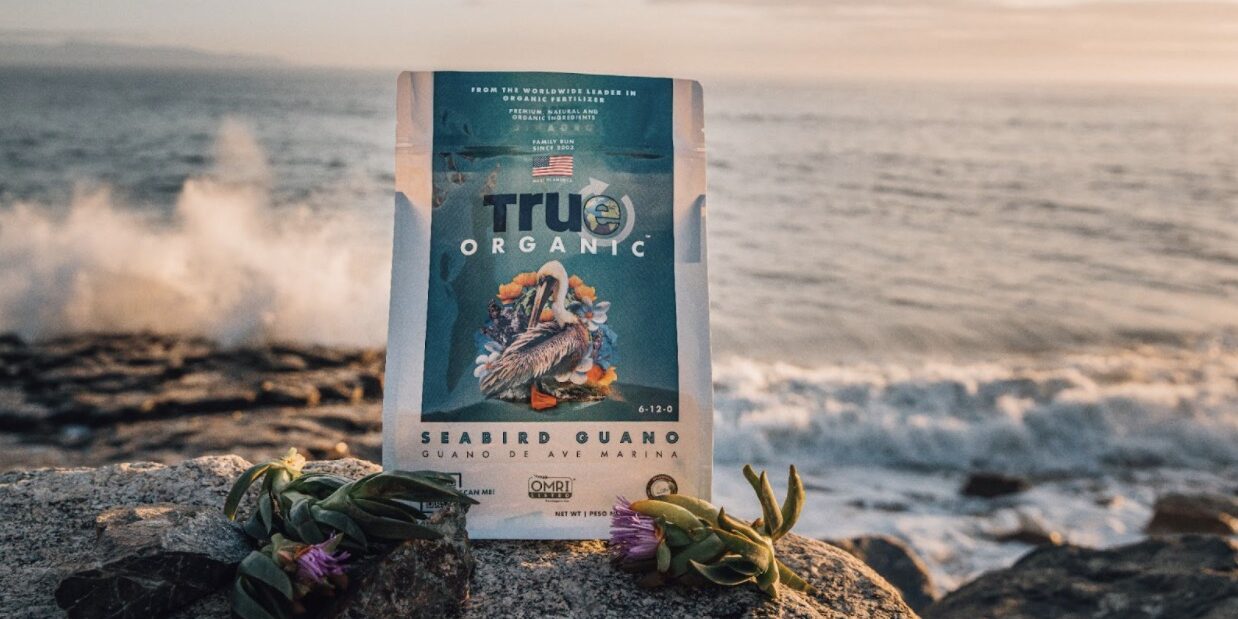Growing Azaleas & Rhododendrons
November 4, 2021 True Organic Products Growing Azaleas & Rhododendrons If you’ve ever gazed upon a rhododendron’s many bright, clustered blooms, you can tell why it has earned the deserving…
True Organic Inside Scoop with Justin
October 25, 2021 True Organic Products Inside Scoop with TRUE’s Senior Vice President of Retail Ready for a look behind-the-scenes at what we’re excited about at True Organic™? After two decades of…
Get To Know: True Organic Seabird Guano
JUNE 23, 2021 True Organic Products Everything we do at True Organic™ comes down to this mission: to help you grow the most vibrant home garden while improving the health of our planet’s soil. …



